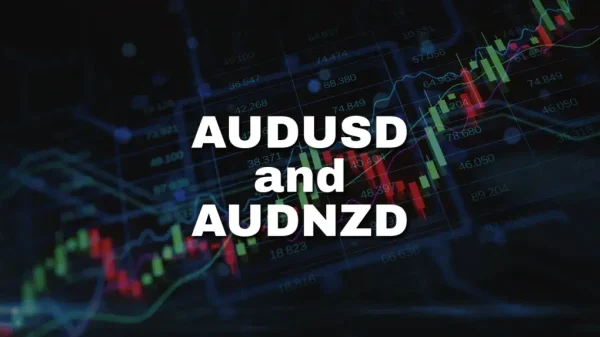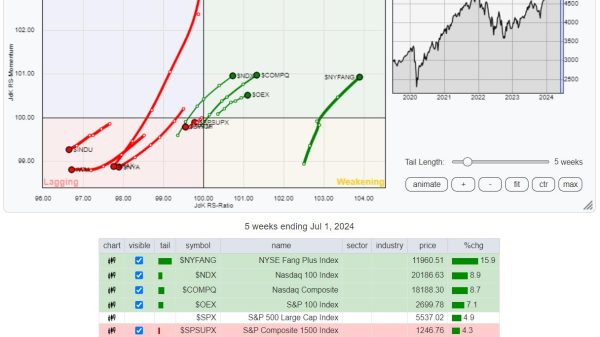An interesting and well-written new book about the deep historical causes of modern economic growth, Forging Modernity, is about to appear from one of Britain’s oldest independent publishers, The Lutterworth Press, which survived the Napoleonic Wars, both world wars, the Falklands War, and, so far, Meghan Markle.
Authored by Martin Hutchinson, a merchant banker turned financial journalist, Forging Modernity has been in the making since Hutchinson completed Alfred D. Chandler’s business history course at Harvard Business School in 1972-73. Unsurprisingly for those familiar with his Visible Hand and other books, Chandler concentrated his course on the business strategies and organizational structures of America’s biggest corporations in the late nineteenth and early twentieth centuries, jumping into America’s economic evolution at the Civil War and ignoring or downplaying all that came before.
To his credit, Hutchinson knew that the New York Central, US Steel, and GE did not suddenly appear fully formed, like Minerva from the head of Jove. He thus searched for their antecedents, ultimately landing, as so many others have, on Britain’s so-called Industrial Revolution. He identifies sixteen “factors” necessary for industrialization and shows that other nations circa 1700 lacked one or more of them. He then shows how Britain came to have those sixteen “necessary conditions for industrialization,” starting with the Restoration, or in other words a decade or so before the Glorious Revolution of 1688, which most scholars identify as the key turning point in Britain’s history.
Overall, the book is an able synthesis of some of the history of economic growth and development published since Hutchinson’s class with Chandler, sprinkled with quotations from some printed primary sources and portraits of important men. Its main drawback is not so much what it asserts (although there are some errors due to the limited bibliography) as with what it misses, which is the reorientation of economic history away from questions like “why did Britain undergo an Industrial Revolution first?” and toward questions like “what influences the nature and speed of economic transformation?” As a result, the work of Deirdre McCloskey is mentioned not once and the Netherlands comes across as a cousin “lacking” the right stuff instead of what it was, the world’s first superpower, albeit one built more on agriculture and trade than on heavy industry. In Hutchinson’s telling, the USA, Germany, Japan, Canada, and other wealthy countries also appear economic modernization laggards that, sooner or later, got their acts together and followed Britain’s lead.
The new view is that each rich country traversed its own unique development path within broad parameters. All developed nations experienced agricultural, communication, educational, financial, managerial, manufacturing, and transportation evolutions that occurred not only concurrently but interdependently. In other words, developments in one economic sector fed off developments in others in a complex, almost chaotic, process lasting from decades to centuries, not the mere few years implied by the term “revolution.” Ironically, the long, narrative chapters capture the rich interplay over time between various parts of the economy, even while Hutchinson clutches to old views like W.W. Rostow’s notion of a “take off.”
In Hutchinson’s model, an “agricultural revolution” is a precondition for urbanization and thus industrialization, rather than an integral aspect of economic development more generally. While he is certainly correct that increased agricultural productivity freed up laborers for industrial endeavors, the process was an ongoing one, not something that happened and then stopped, as terms like “precondition” and “revolution” imply. Agricultural revolution occurs “only where new crops and new methods of cultivation take hold,” he claims, without considering why innovative agricultural practices were more common in northwestern than in southern or eastern Europe. He doesn’t clearly explain that minor improvements in education, finance, and transportation occurred first in Holland and England, inching up agricultural productivity enough to free up a few workers for the first transportation infrastructure jobs, which increased agricultural productivity enough to free up yet more workers for more-productive endeavors, and so on.
What Hutchinson gets right are the general preconditions for economic development, regardless of specific national pathway. They boil down to what many scholars now call economic freedom: the free flow of human capital and ideas, the rule of law, security of the rights triad (life, liberty, and property), limited government, the ability to push consumption into the future (save) while financing innovation, the legal capacity to voluntarily associate at scale (corporations), sound money, and fiscal prudence.
Economic freedom induces innovation across economic sectors, including, eventually, the industrial one, but only in places that have a comparative advantage in the manufacture of specific goods which were then in broad demand. Relatively “expensive labor” will increase the incentive to invent new technologies, as Hutchinson argues, but in itself channels economic activity rather than driving or inhibiting it. The same goes for “cheap energy,” which will provide a region with a comparative advantage in bitcoin mining or aluminum smelting, but its absence will not prevent development. As Adam Smith said, “Little else is requisite to carry a state to the highest degree of opulence from the lowest barbarism, but peace, easy taxes, and a tolerable administration of justice [i.e., economic freedom]; all the rest being brought about by the natural course of things.”
Adam Smith also pointed out that empire, like slavery, was profitable for some businesses but hurt others, rendering the net effect difficult to discern at best. Hutchinson, by contrast, argues that a “profitable overseas empire” was necessary to kickstart industrialization. While the Empire did create “large fortunes,” they are not necessary for industrialization, as the US case showed. Instead of a wealthy few financing everything, in America everyone could invest their mite building up the might of industry by buying shares directly, or through a savings bank or insurer. Not everyone actually did so, of course, but participation in the US financial system was amazingly broad from the 1790s onward.
In the book’s narrative chapters, Hutchinson sometimes forgets the insights he developed in his model. He notes that “Spanish society generally lacked both the pools of entrepreneurially inclined savings that might have led to industrial advances and the pre-industrial economic base of commerce on which such advances could build.” That’s all true, but misses the fact that those deficiencies arose because Spaniards suffered from low levels of economic freedom, which largely stripped them of incentives to innovate.
The big question, at this point, is why do some countries allow high levels of economic freedom while others keep it, and hence incentives to develop it, low. As noted above, Hutchinson suggests that the Restoration played an important role in Britain. His book, as long and richly detailed as it is, does not really explain how or why the Restoration was the key political event that convinced Britons that their government would thenceforth support high levels of economic freedom. I incline to the view that the public debt signals expectations. The Dutch achieved low government bond yields first, then the British, then the Americans, but yields did not decrease until the early 1700s, well after the Restoration, in the British case.
Nevertheless, Forging Modernity is an excellent example of old-school economic history, rich in detail and fine reading on a cold winter night, huddled together with loved ones for warmth, thanks to war, inflation, and plummeting economic freedom.


































